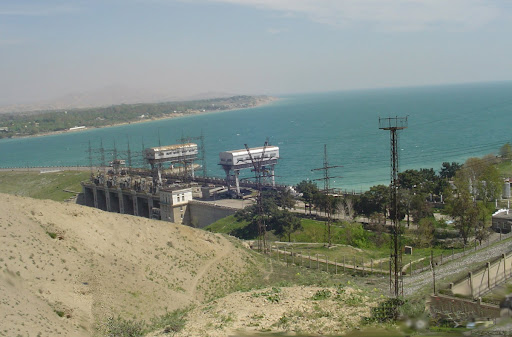Power engineers of Tajikistan started collecting water resources in the Kairakkum reservoir to generate electricity in winter only last week. This is explained by the fact that in the past dry summer, the republic sent almost all the water of the Syrdarya river to the irrigation needs of Kazakhstan and Uzbekistan, as well as local farmers.
The director of the Kairakkum HPP Faizullo Avezov told Asia-Plus that in the summer of this year, 1.6 billion cubic meters of water was provided to Kazakhstan and Uzbekistan, as well as to some areas of the Sughd region, for irrigating agricultural lands due to the water intake limit of this station.
He noted that approximately the same amount of water (1.6 billion cubic meters) was contained in the Kairakkum reservoir until September 15, when the growing season ended.
Avezov stressed that water was provided to neighboring countries on a certain schedule in accordance with the agreements concluded with these countries.
Note that the water intake limit of Tajikistan from the Syrdarya River since 2015 during the growing season (in April-September) has been annually set at just over 1.9 billion cubic meters.
However, in fact, the republic annually loses its share. So, in the spring-summer period of 2020, Tajikistan took 1 billion 450 million cubic meters of water from the Syrdarya river, which is 460 million cubic meters or 24% less than the norm..
Over the past two years, the region has experienced an acute shortage of water resources for irrigation of agricultural lands due to dry weather. This leads to a shortage of reservoir reserves, since the available resources are used for irrigation of lands, both on the territory of Tajikistan and beyond.







